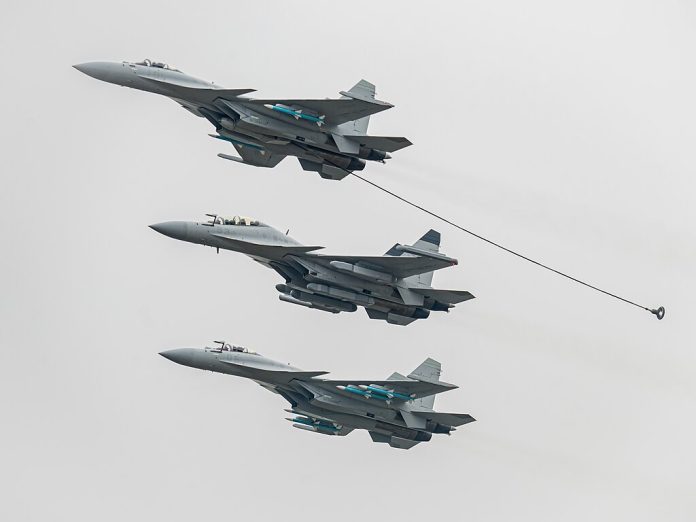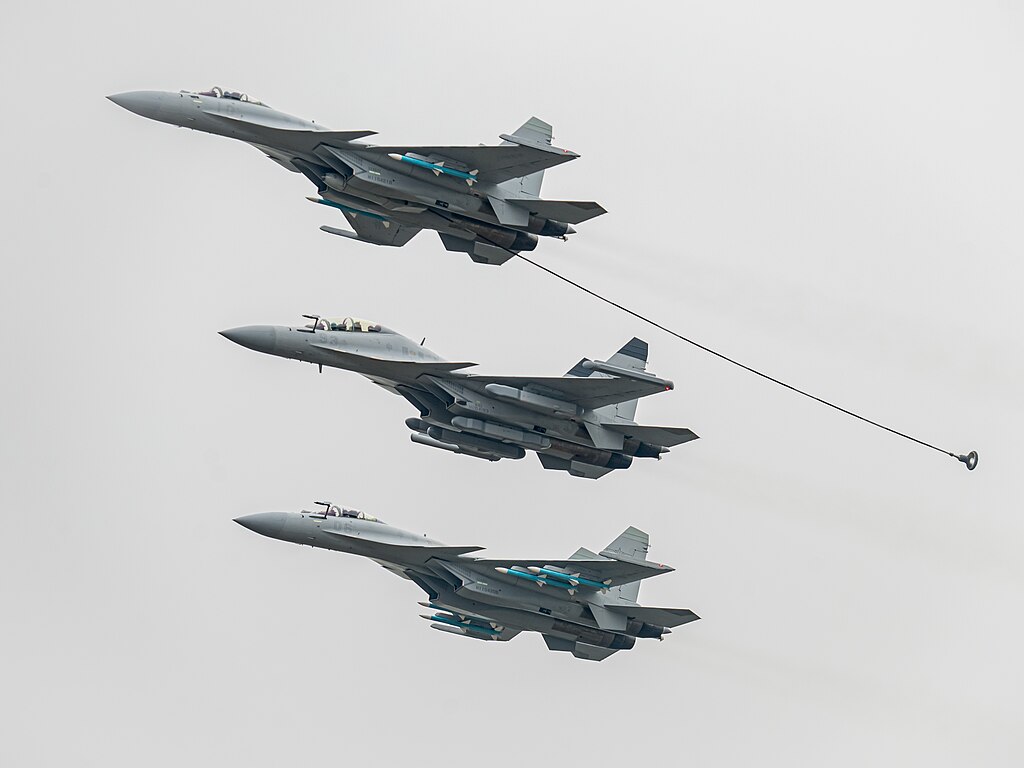
For many years, estimates of combat aviation in China lagged far behind reality, hamstrung by secrecy and outdated assumptions. Repeatedly, the analysts told the same stories, one of limited pilot training, slow procurement, and showpiece projects with little operational depth. That is no longer the case. From October 2024 to October 2025, the breadth of both manned and unmanned platforms fielded, tested, and revealed-at a pace unprecedented in modern military aviation-has been astonishing.
The examples have ranged from fifth-generation fighters, electromagnetic catapult carrier operations, strategic unmanned systems, and advanced airborne early warning platforms. For good measure, it has included combat validation in one of the largest BVR air battles in decades. These are not isolated developments but a clear, coherent thrust towards integrated, networked multi-domain airpower. What follows is a discussion of nine critical markers-each having implications for regional and global balances-which, taken together, suggest a decisive shift in the profile of China’s airpower.
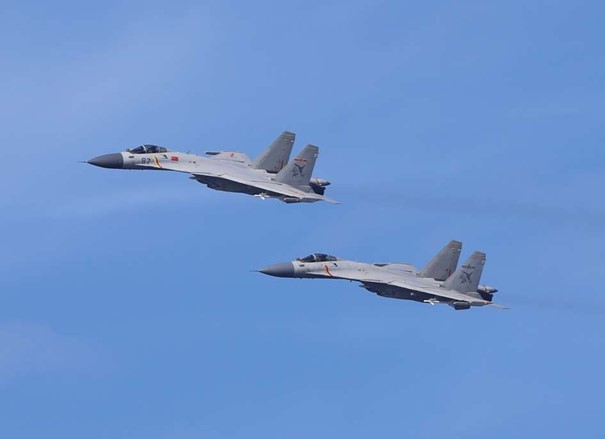
1. Dual-Carrier Ops Reveal Entry into Service of J-15T
In October 2024, for the first time, the PLA Navy conducted a dual-carrier exercise with CV-16 Liaoning and CV-17 Shandong. This quietly confirmed that catapult-capable 4.5th-generation derivatives-J-15T-of the original J-15, long thought to be operational, indeed are in service. Appearing together with ski-jump J-15s, the incremental shift toward CATOBAR-capable air wings marks a far cry from the very minimal official imagery posted for years.
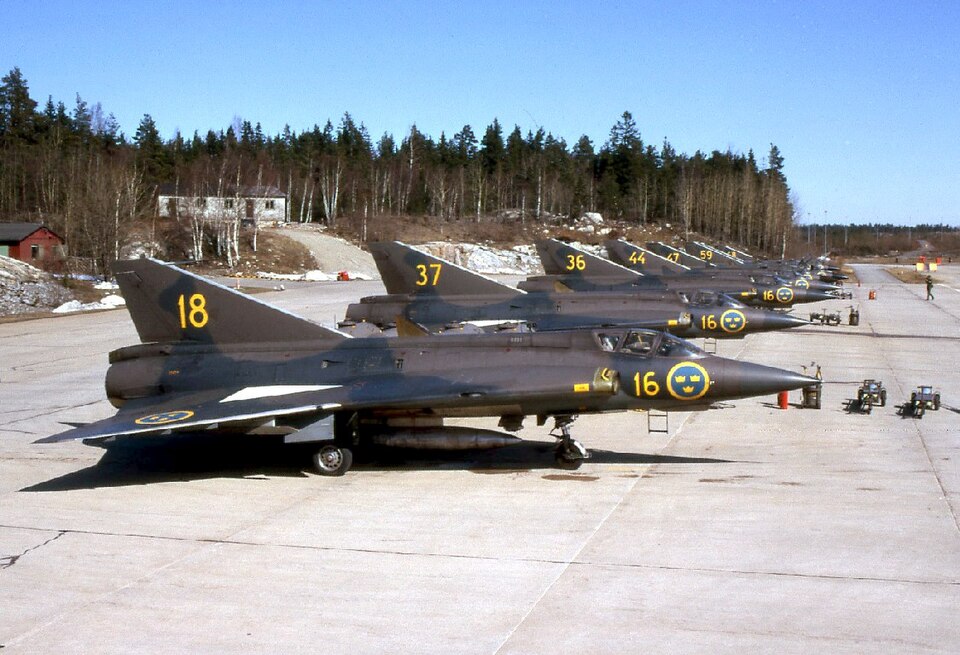
2. Zhuhai Airshow Debuts J-35A Land-Based Stealth Fighter
Here comes the PLA Air Force version: carrier-borne J-35A, with twin WS-19 engines, on a mission for multirole-similar to the U.S. F-35-in flying display at the Zhuhai Airshow in November 2024. From rumor to flight display, this is rare maturity for a PLA project, and it didn’t go unnoticed. Analysts said it’s probably serving as an air-borne command hub within integrated air-sea operations, acting like a bridge between air combat and strike.

3. First Flights of Next-Generation Air Superiority Fighters
Unannounced but widely noted first flights of two prototypes took place in December 2024: the Chengdu J-36 and the Shenyang J-XDS. These are next-generation air superiority platforms for the observers in the U.S. Air Force. Tailless designs and a steady tempo of testing speak to advanced stealth shaping and sensor fusion ambition, setting the stage for them to supplant the fifth-generation fleets of today.

4. Combat Validation in the May 7 India–Pakistan Air Battle
Such large-scale engagements are extremely rare; upwards of 100 fighters crossed on the night of 7 May 2025. A number of Pakistani J-10CEs, each equipped with PL-15 missiles, have reportedly scored long-range kills against Indian aircraft including at least one Rafale. Engagement under such tactical conditions and rules of engagement underlined that Chinese-origin fighters and munitions can indeed perform in modern air combat and gave an operational credibility stamp to such platforms as the J-10C.
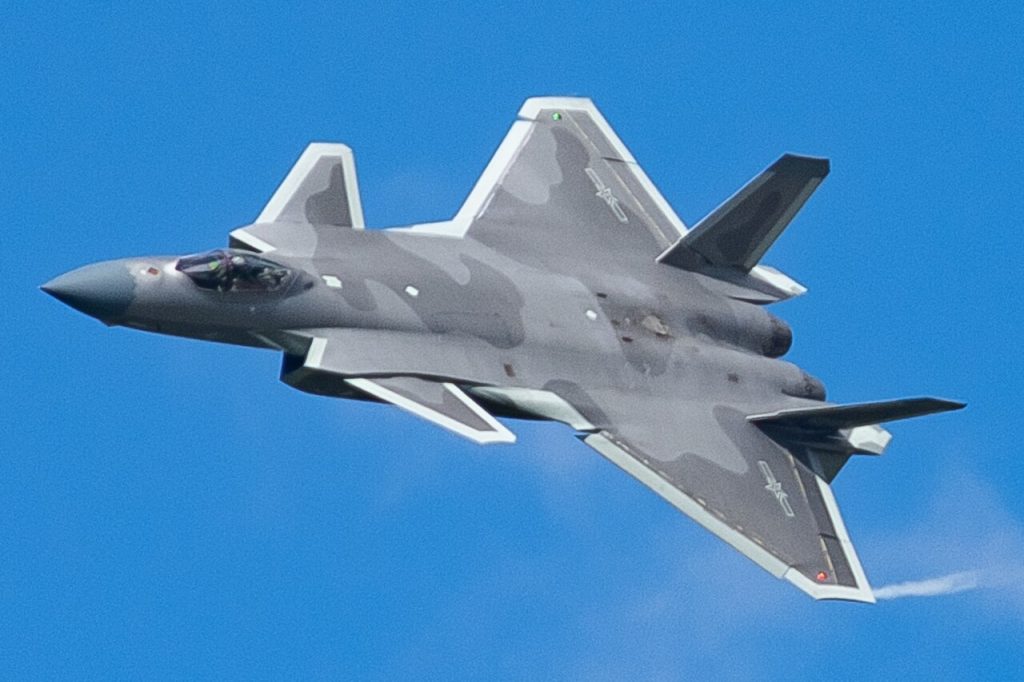
5. Victory Day Parade Confirms Fifth-Generation Fleet Expansion
The J-20A upgrade, two-seat variant J-20S, and service-entry J-35A were further confirmed on September 3, 2025. Other aircraft flying overhead at the parade included carrier-borne J-35s, J-15T, and electronic warfare J-15DTs. Insiders have confirmed that J-35A is powered by WS-19 engines, a peer to the WS-15 targeted for the J-20. Participation in a parade requires at least initial operational testing; these appearances thus constituted formal declaration of service entry.

6. Fujian Carrier Achieves Emals Launches of Fifth-Generation Fighters
Footage released in September 2025 revealed that CV-18 Fujian was conducting electromagnetic catapult launches and recoveries of J-35s, J-15Ts, and KJ-600 AEW&C aircraft. For the first time ever, a fifth-generation fighter had been launched at sea via EMALS-a capability which the U.S. Navy’s CVN-78 Gerald R. Ford has yet to operationalise. The CATOBAR design of Fujian allows heavier payloads and longer ranges than China’s ski-jump carriers and positions the PLA Navy to project power deeper into the Pacific.
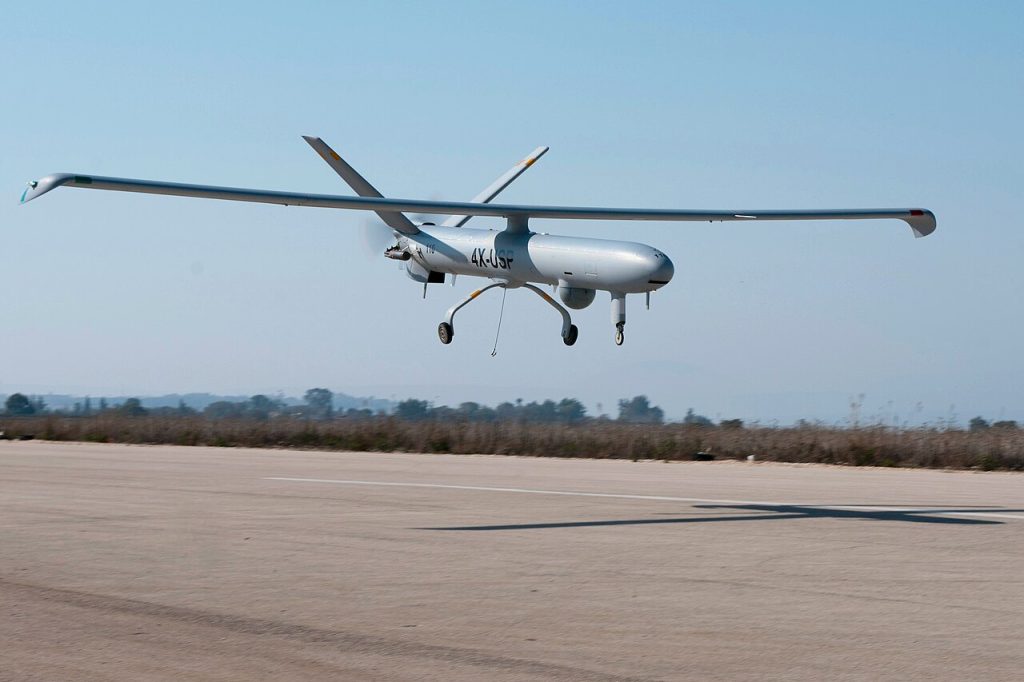
7. Emergence of Strategic Stealth UAVs WZ-X and GJ-X
Satellite images in June and September 2025 confirmed that two large stealth UAVs are stationed at Malan airbase: a 52-meter flying wing, WZ-X, and a 42-meter cranked kite, GJ-X. The WZ-X is believed to be a long-endurance reconnaissance platform similar to the US RQ-180, while the GJ-X seems to be a stealth strike UCAV. Appearance in open air indicates that both are now in advanced flight testing and have the potential to extend PLA reach in ISR and precision strike well beyond current limits.
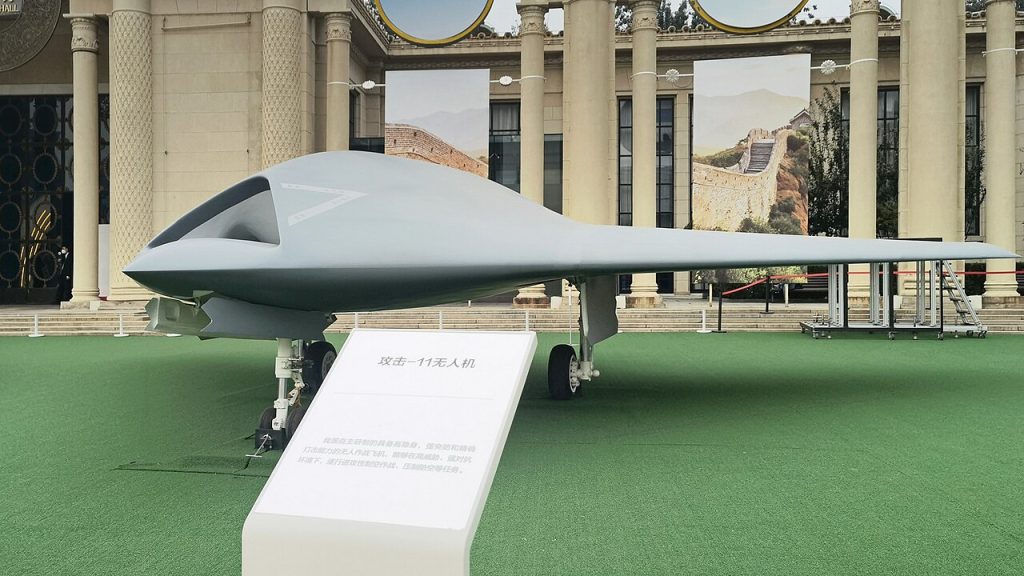
8. GJ-11 Sharp Sword UCAV Nears Operational Status
Imagery from Shigatse Air Base, from August to September 2025, showed numerous GJ-11 Sharp Sword UCAVs that had deployed for what looked to be operational testing. A flying-wing UCAV, designed for both penetrating strike and ISR, could operate in concert with J-20s-likely controlled from the two-seat variant. Presence at a high-altitude base near the Indian border underlines its strategic positioning.

9. KJ-3000 AEW&C Expands PLA’s Airborne Command Network
The KJ-3000 is China’s largest AEW&C platform, based on the Y-20B transport, and powered by WS-20 engines. First flown in late 2024, the aircraft sports a large radome and has aerial refuelling capability, promising extended on-station time. With nearly 80 AEW&C aircraft currently in service fitted with AESA radars, the addition of the KJ-3000 further enhances the PLA’s ability to detect, track, and coordinate over great distances, reinforcing its integrated air defence and strike networks.
Put together, these developments paint a picture of a PLA airpower ecosystem pushing ahead on so many fronts-manned fighters, carrier aviation, unmanned systems, and airborne command. Matching the pace is a disposition to show capabilities previously kept under wraps-a reflection of confidence in their operational maturity. For defence planners, the challenge is no longer to predict if China will field these systems but to adapt to the reality that many are already in service and integrated into a rapidly modernising force.
